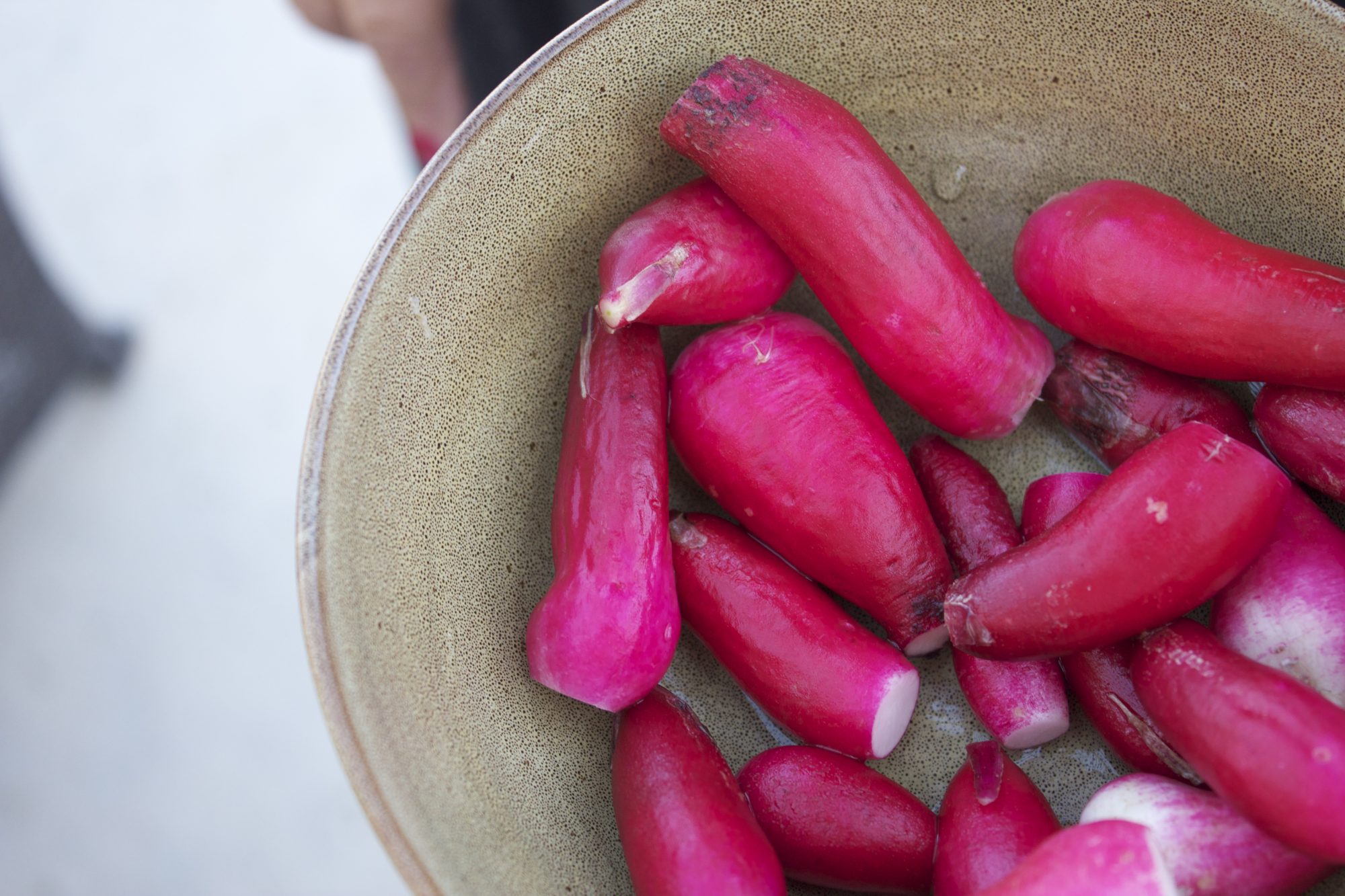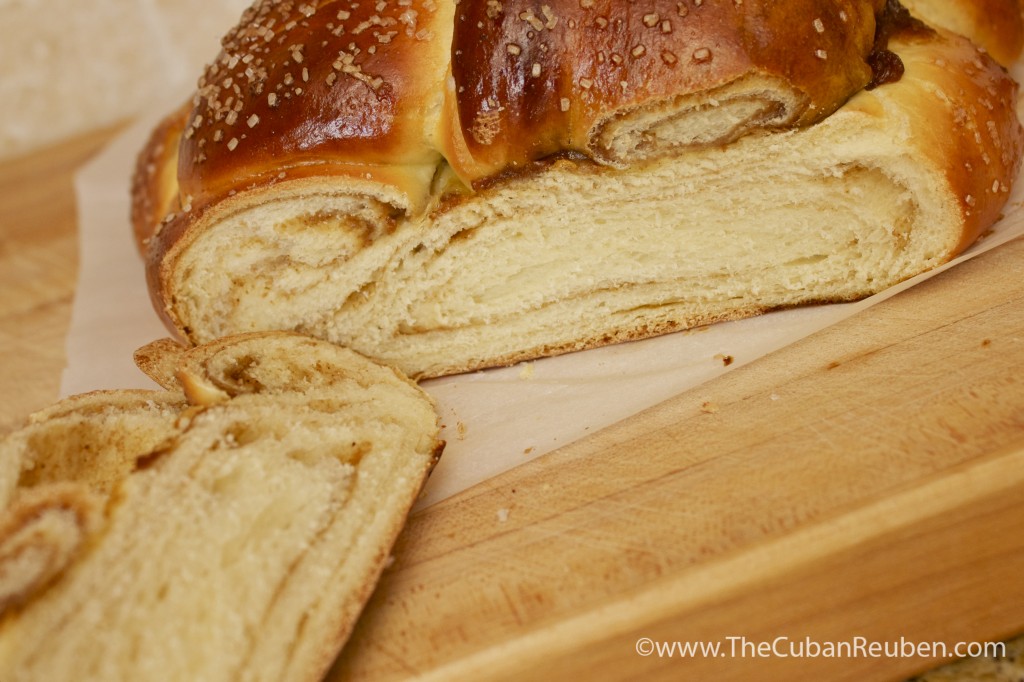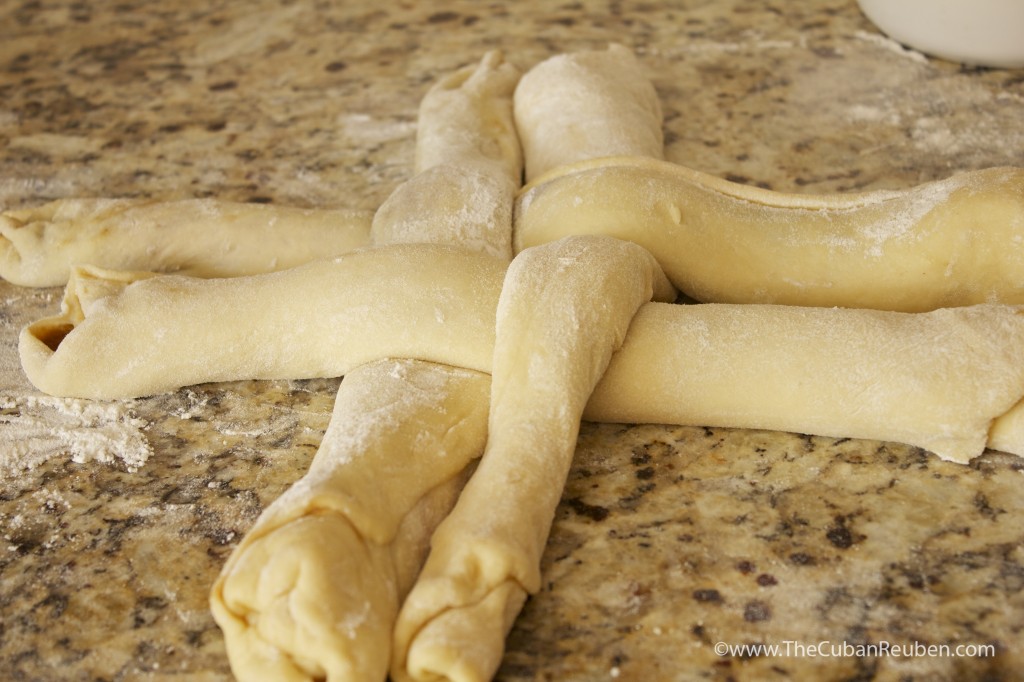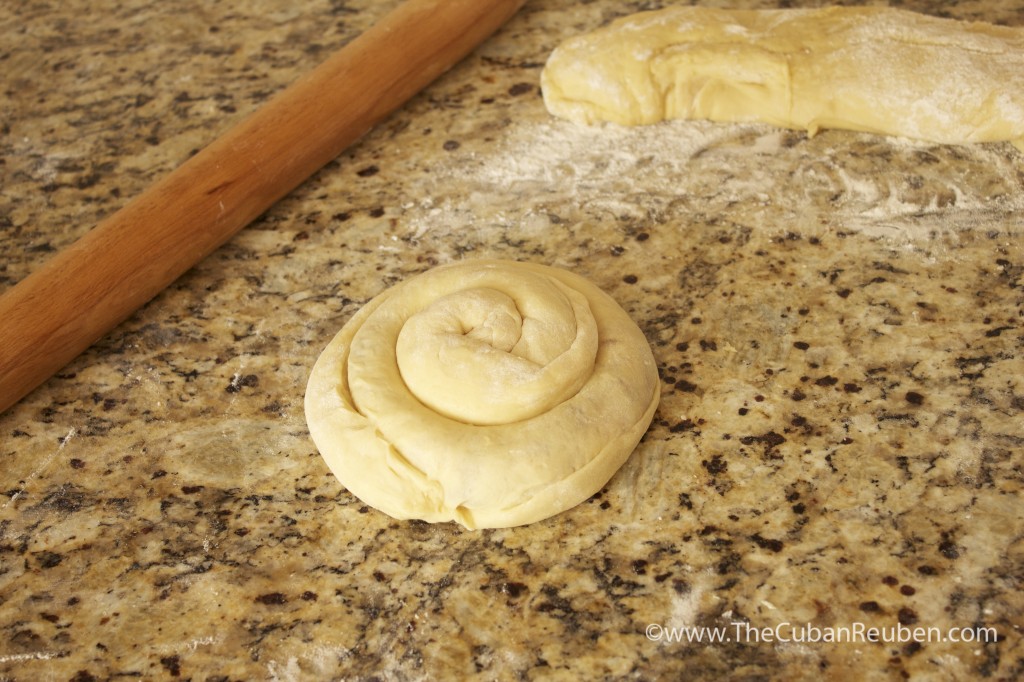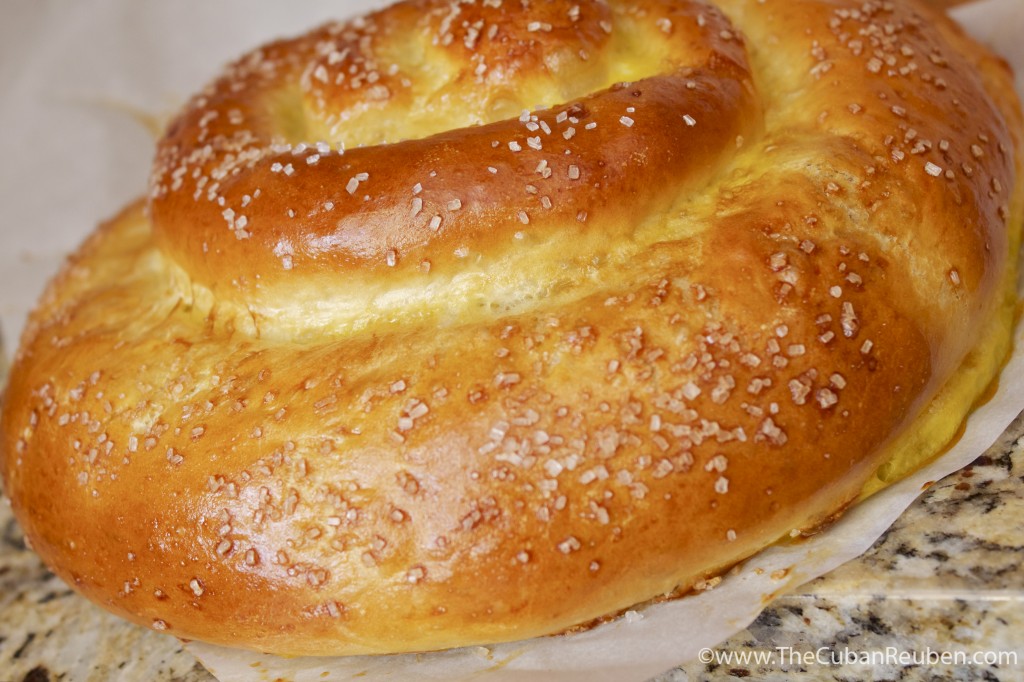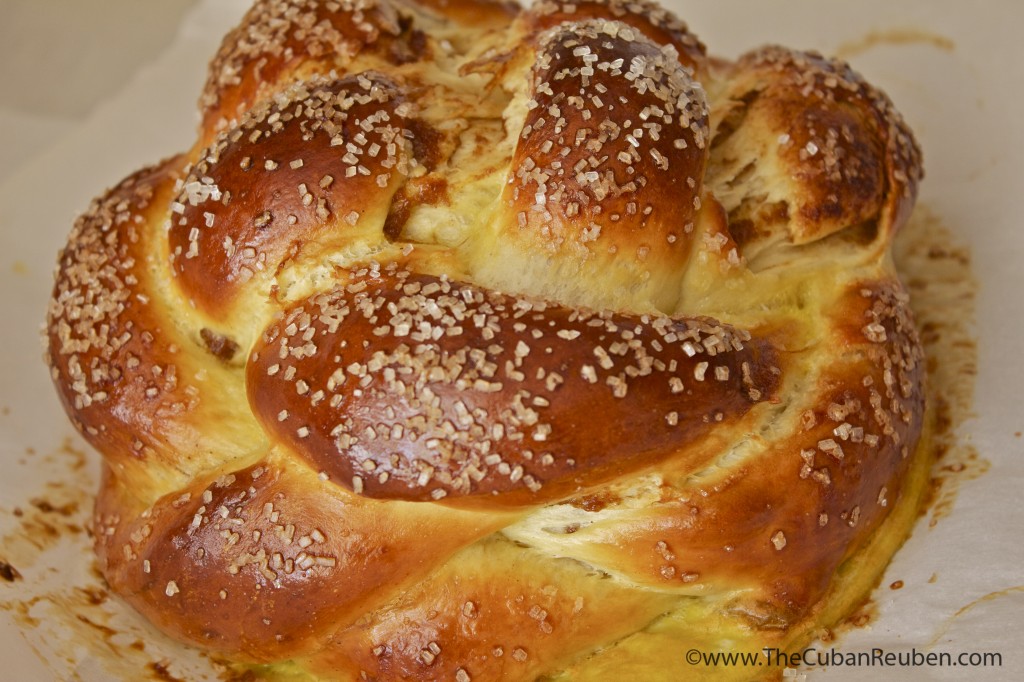The day I moved into my very first apartment was an important day for me. I was starting my senior year in college, and for what seemed like the first time, I was taking a leap towards independence. Sure, I moved halfway across the country to go to school where I knew only a couple people, but living on campus, there’s a certain safety net in place to catch (and comfort) the students if they fall.
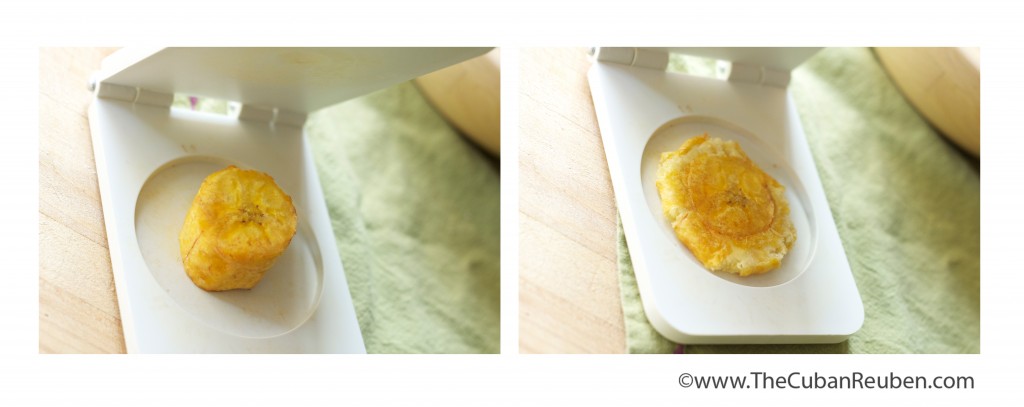
I remember taking great care to choose an apartment within my budget, and carefully selecting my roommates. We plotted and planned how we’d decorate, and made memories building our ready-to-assemble furniture from our favorite Swedish retailer. Not surprising, the part of apartment living I was most excited about was that I would finally have a kitchen of my own. While my roommates concentrated on finding art to decorate our walls and the perfect rug to tie the room together, I focused on stocking our kitchen with our favorite foods and the tools with which to cook them. I found mismatched sets of pots and pans at my local discount store, and piece by piece, built our little kitchen into a functional one our friends begged to come and borrow. It was nothing fancy, but it worked for us. Granted, we could never invite more than four people for dinner, because that was how many plates we had, but we made it work.
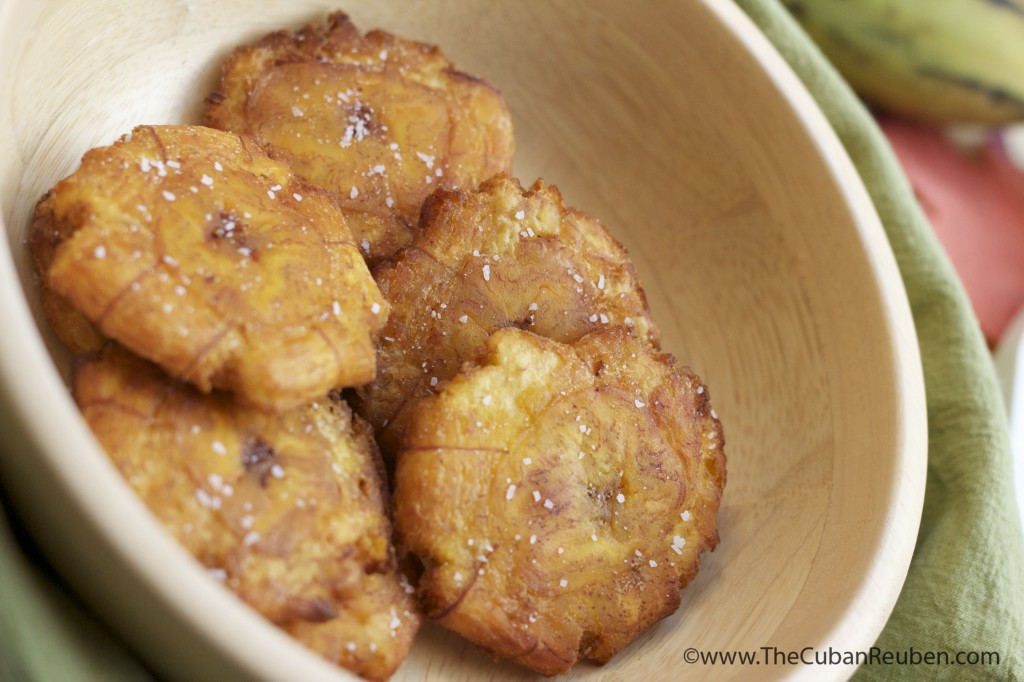
My mom noticed my efforts, and took it upon herself to stock our little kitchen with its crowning jewel: a tostonera. A tostonera is a device specifically designed to smash chunks of fried green plantains into crisp, golden coins, called tostones. And the fact that my mom was gifting me a tostonera was a really big deal, because this served as an informal invitation to join the culinary ranks of the matriarchs in the family. Just about every Cuban person who cooks has a tostonera, and now, I did too. I was so excited to put my tostonera to use, and at the first Hanukkah party of the season, I surprised my friends with a new treat. I figured that in many ways, Cubans use plantain bananas the way Americans use potatoes, so swapping traditional potato latkes with savory tostones seemed like a natural choice. As my friends oohed and aahed while they crunched their way through the small plate of tostones, I smiled with delight, because I knew I was on my way to earning my culinary stripes.
This Hanukkah, if you’re looking for something outside the traditional latke box, take a cue from the Cuban cookbook, and serve tostones alongside your festive meal. And if your mother hasn’t gifted you with a tostonera, fear not. You can achieve similar results with the bottom of a frying pan.
As featured on MyJewishLearning.com.
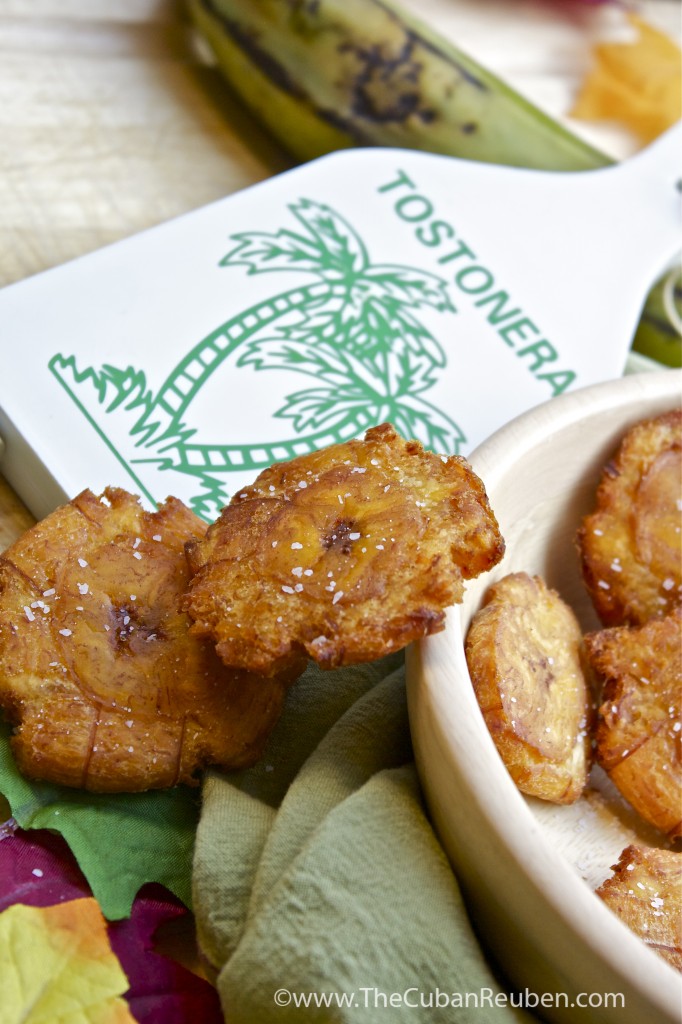
- Vegetable oil
- 2 green (under ripe) plantain bananas
- Kosher salt to taste
- In a large frying pan, pour in enough vegetable oil to fill the pan about halfway, and place over medium to high heat.
- Remove the peel from the plantains, and discard. Chop the pulp into rounds of about 1-1½ inch thickness.
- To test the oil temperature, carefully place a small piece of plantain into the oil. If the oil bubbles around the plantain, it is ready. If it doesn’t, continue heating the oil, until it does.
- Once the oil is ready, carefully drop the plantain rounds into the oil, and fry for two minutes before flipping and frying for two minutes on the other side.
- Remove the plantains from the oil, and using either a tostonera or a frying pan and a flat surface, smash the rounds until they flatten.
- Return the now-flattened plantain rounds to the oil, and fry until golden and crisp, about two more minutes.
- Remove the plantains from the oil, and immediately place on a platter lined with paper towel to catch any unnecessary oil.
- Sprinkle with kosher salt while the plantains are still hot, and serve.
